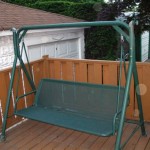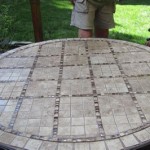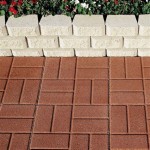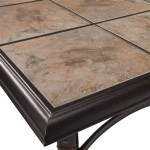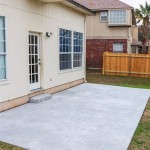Essential Aspects of Patio Garden Containers
Patio garden containers provide a convenient way to grow plants in limited spaces, offering flexibility and a touch of greenery to outdoor areas. Whether you're a seasoned gardener or just starting out, choosing the right containers and understanding their essential aspects is crucial for successful patio gardening.
Material and Durability
The material of your containers greatly affects their durability and longevity. Common options include:
- Terracotta: Porous, breathable, and adds a rustic charm, but prone to cracking in cold weather.
- Plastic: Lightweight, affordable, and available in various colors and styles, but less durable and can fade over time.
- Metal: Durable, heat-resistant, and aesthetically pleasing, but can be heavy and expensive.
- Wood: Natural and aesthetically appealing, but requires regular sealing to prevent rot.
Drainage
Proper drainage is essential for healthy plants. Containers should have drainage holes at the bottom to allow excess water to escape. If your containers lack holes, you can create some using a drill or a sharp knife.
Size and Capacity
The size and capacity of your containers depend on the plants you want to grow. Larger containers are suitable for larger plants or plants with extensive root systems, while smaller ones are ideal for herbs, succulents, or small annuals.
Aesthetics and Style
Patio garden containers also contribute to the overall aesthetics of your outdoor space. Choose containers that complement the design of your patio and the style of your plants. Some popular styles include:
- Traditional: Terracotta pots or wooden barrels with classic lines.
- Modern: Sleek and minimalist containers in geometric shapes or metallic finishes.
- Tuscan: Earthy and rustic containers with warm colors and glazed finishes.
Maintenance and Care
Regular maintenance is key to keeping your patio garden containers healthy and beautiful:
- Watering: Water plants thoroughly when the soil feels dry to the touch.
- Fertilizing: Fertilize your plants regularly according to the manufacturer's instructions.
- Pruning: Remove dead or overgrown stems and leaves to encourage healthy growth.
- Winterizing: Move your containers indoors or wrap them in insulating material during cold weather to protect them from freezing.
Conclusion
Patio garden containers offer a range of options for growing plants in limited spaces. By considering the material, drainage, size, aesthetics, and maintenance of your containers, you can create a vibrant and thriving patio garden that adds beauty and enjoyment to your outdoor space.

Container Gardening Celebrate Urban Birds

Container Garden Ideas The Home Depot

Grow A Balcony Garden Full Of Veggies Herbs And Flowers

Container Garden S Gallery Design

16 Container Gardening Ideas Potted Plant We Love

Container Gardening Basics Uc Master Gardeners Of Santa Clara County

Container Planter Gardens Philadelphia City Garden Guru

Dammann S Garden Company Save Space With Container Vegetable Gardening

Bigger Really Is Better Tips On Container Gardening Proven Winners

6 Ideas For Using Container Gardens In Your Landscape Design


